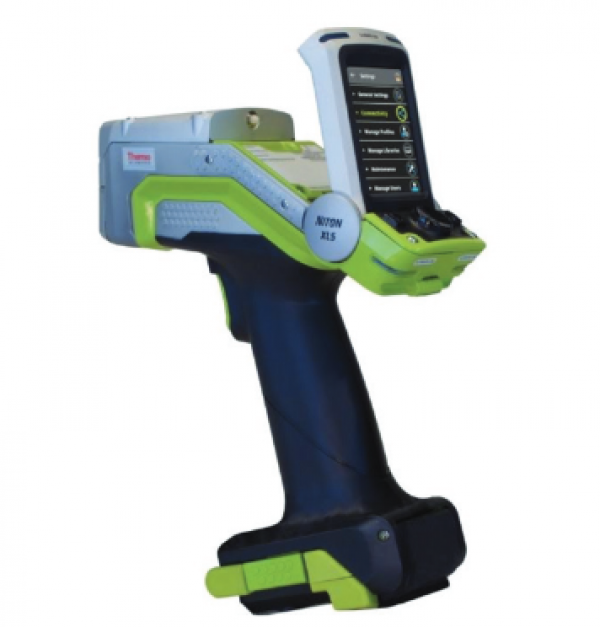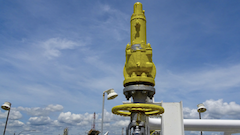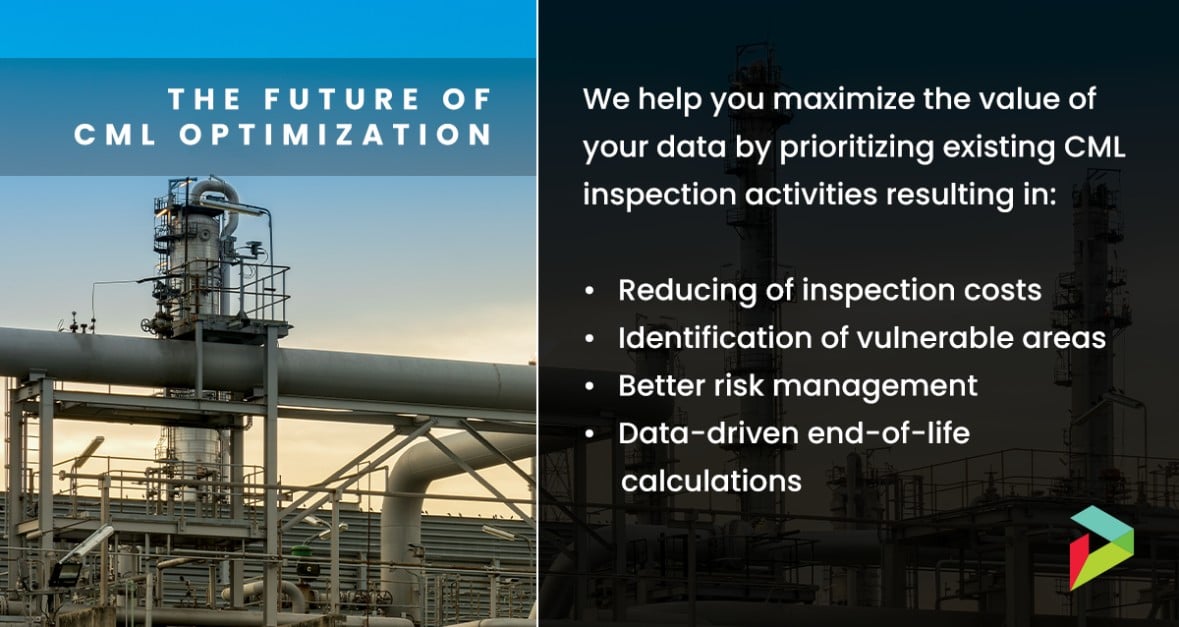Industrial Rope Access is a proven method for achieving a safe work position at elevated heights or in difficult-to-access areas. Rope access technicians are often used to conduct inspections, perform maintenance, and assist with installations on equipment at elevated heights where scaffolding would be impossible or impractical.
History and Development
Rope access, or industrial climbing, is a form of work positioning, initially developed from techniques used in climbing and caving, which applies practical ropework to provide access to at-height and difficult-to-reach locations without the use of scaffolding, cradles or an aerial work platform. Rope access technicians descend, ascend, and traverse ropes for access and work while suspended by their harness. Sometimes a work seat may be used. The support of the rope is intended to eliminate the likelihood of a fall altogether, but a back-up fall arrest system is used in case of the unlikely failure of the primary means of support. This redundancy system is usually achieved by using two ropes - a working line and a safety line.
Rope access has been in use for decades as an integral part of industrial inspections and mechanical work. In the 1980s, rope access was adopted to access challenging assets in the oil and gas industry, namely offshore oil rigs. In these early scenarios, it was primarily implemented for difficult to access areas of the rigs and confined space entry needed for industrial inspection methods. Since that time, rope access has been adopted for traditional and advanced nondestructive testing (NDT) methods in addition to light maintenance work on industrial assets.
Industry Applications
Rope access is commonly used to carry out the inspection of piping, columns, vessels, supports, and other structures. Inspections using various traditional and advanced nondestructive testing (NDT) methods are commonly performed by rope access technicians and the work can be completed in a safe and timely manner. A rope access team also has the ability to combine multiple crafts to increase the efficiency of the work being performed. An example of this would be performing insulation work in addition to an ultrasonic thickness inspection. In this situation, the rope access professionals would retain all the necessary craft certifications to perform the entire scope of work with a single crew.
In addition to inspection, mechanical work, welding, insulation, painting, electrical work, and industrial cleaning, can all be completed utilizing rope access. For example, well-trained rope access crews can efficiently hang piping, install spring hangers, insulate piping and vessels, replace siding, clean and coat equipment, de-slag, and perform a host of other tasks.
In heavy industrial industries like oil & gas and chemical processing, rope access is commonly used for:
- Inspecting elevated or difficult to access equipment
- Insulation mitigation and repair
- Sealant installation and surface preparation
- Sand blasting and pressure washing
- Instrument installation
- Painting and coating
- Other routine maintenance
Rope access allows technicians to perform many traditional and advanced NDT and inspection services including, but not limited to:
- Conventional NDT techniques such as UT, MT, PT, RT, and VT
- Advanced NDT techniques such as guided wave ultrasonics, phased array, pulsed eddy current, 3D laser scanning, and infrared inspection
- CWI, API 510, API 570, API 653 inspections
Limitations
Industrial rope access does have its limitations and it is not suited for every job. Rope access technicians require extensive training and certifications, therefore billing rates are typically higher than comparable crafts on the ground. Projects where a very large number of workers are needed may also shift the economics away from rope access. Another potential limitation exists around hot equipment: while work can be completed on the equipment itself, if the area is too hot, such as above heat exchanger fans, it might be too dangerous for rope access technicians to work there.
Safety
When performed by certified technicians, rope access is a safe and cost-effective alternative to traditional access methods like scaffolding. Rope access technicians should be independently certified through either IRATA or SPRAT. IRATA is an international program, while SPRAT is a US-regulated program.
Rope access also requires permits for inspections to be conducted on each job site including confined spaces. These permits require certain information before issuance, including:
- Public safety provisions
- Hazards associated with the work
- List of technicians by name and their duties
- Rope access methods used for the scope of work
- Rope access equipment used for the job
- Use of appropriate personal protective equipment
- Provisions for providing security to the anchor
- Rescue considerations, including partner rescue, self-rescue, and a way call on third-party rescue
IRATA and SPRAT also have mandatory policies where member companies must submit all accident, incident and near miss occurrences to permit evaluation and comparison of information across industry. This highlights any trends in incidents and assists in the evolution of equipment and procedures allowing continuing improvement to work practices.
Certifications and Standards
The International Ropes Access Trade Association (IRATA) is the internationally recognized certification organization for rope access technicians. Their training covers inspection techniques, repair and maintenance, and access work. There are three certification levels: Rope Access Technician I, II, and III. Each level is valid for three years with revalidation required. The training lasts for a minimum of four days with a one day assessment after each training.
The Society of Professional Rope Access Technicians (SPRAT) is a rope access certification organization that offers training programs similar to those by IRATA. SPRAT teaches safe practices through developing national standards in the United States. With SPRAT there are also three certification levels: Rope Access Technician I, II, and III. In order to become a SPRAT certified rope access technician, one has to attend a certification session, pass a verbal and written test, and complete a hands-on assessment.
Relevant Links
- IRATA International
- IRATA International Code of Practice (ICOP)
- SPRAT - The Society of Professional Rope Access Technicians
- SPRAT Safe Practices for Rope Access Work
- ISO 22846 - International Standard for Rope Access
Topic Tools
Share this Topic
Contribute to Definition
We welcome updates to this Integripedia definition from the Inspectioneering community. Click the link below to submit any recommended changes for Inspectioneering's team of editors to review.
Contribute to Definition




























